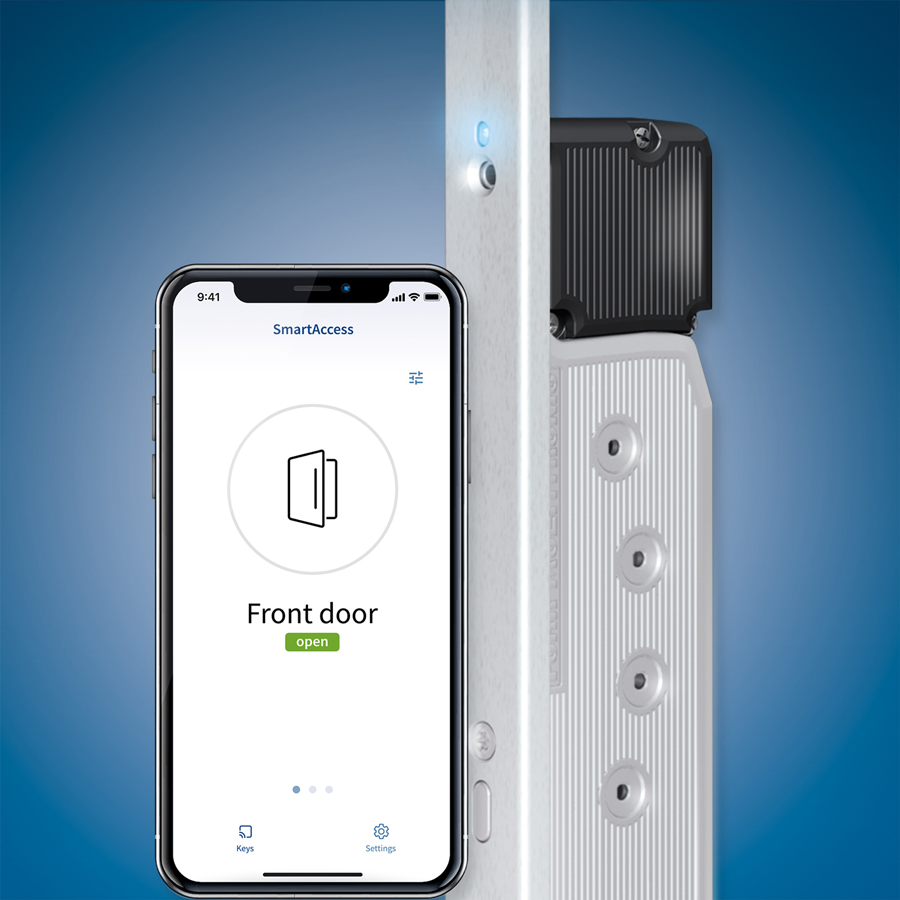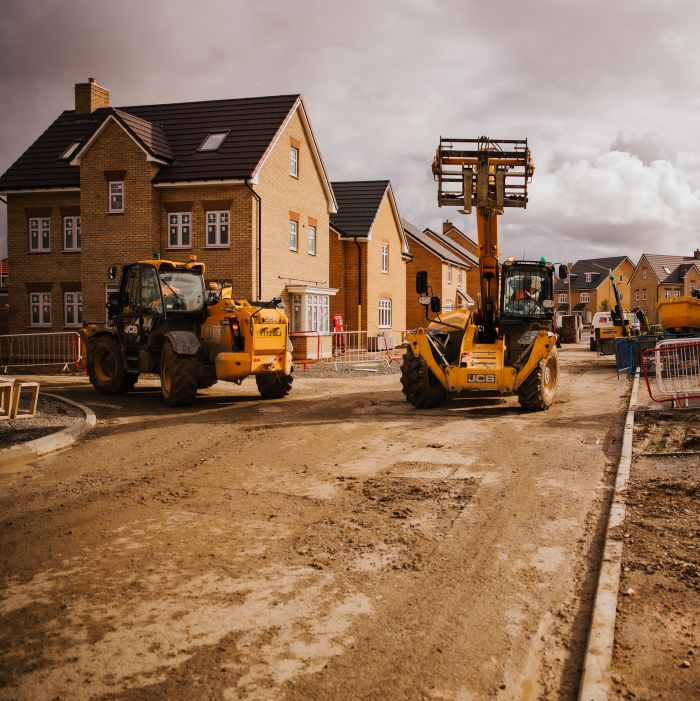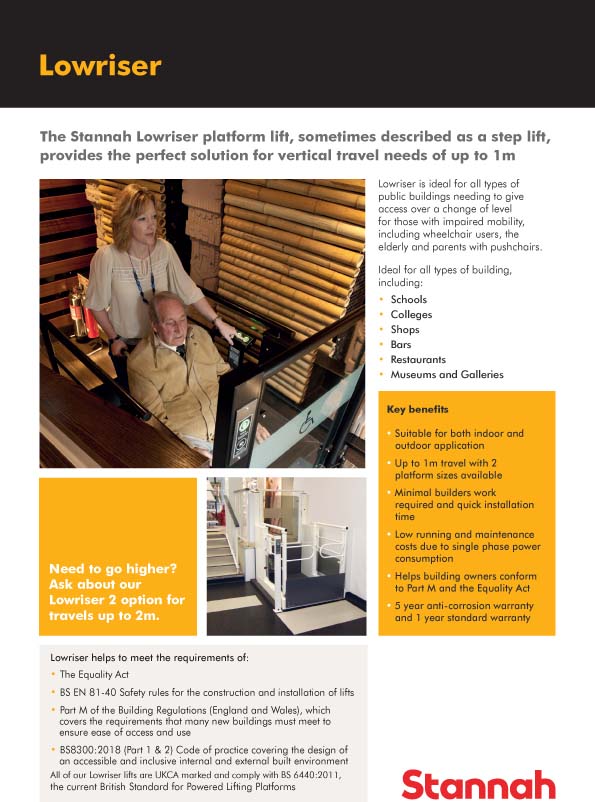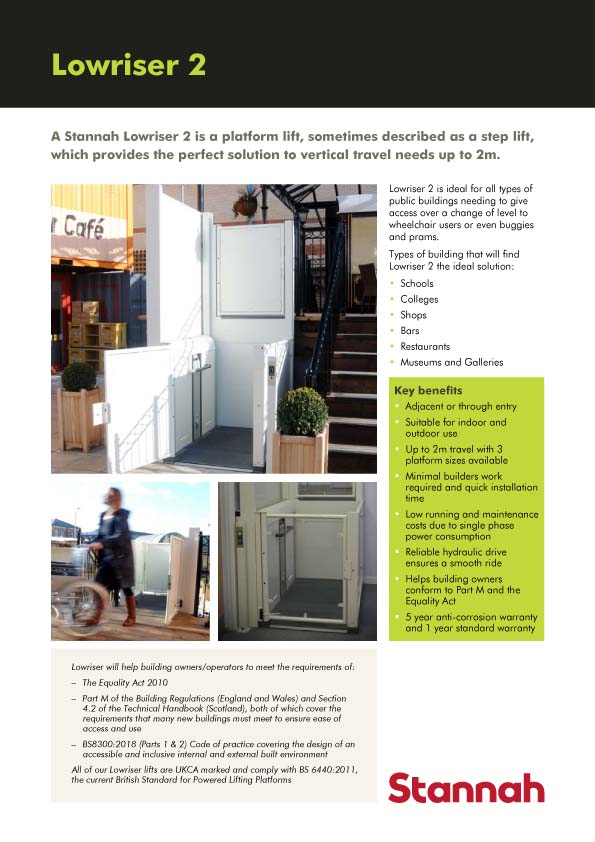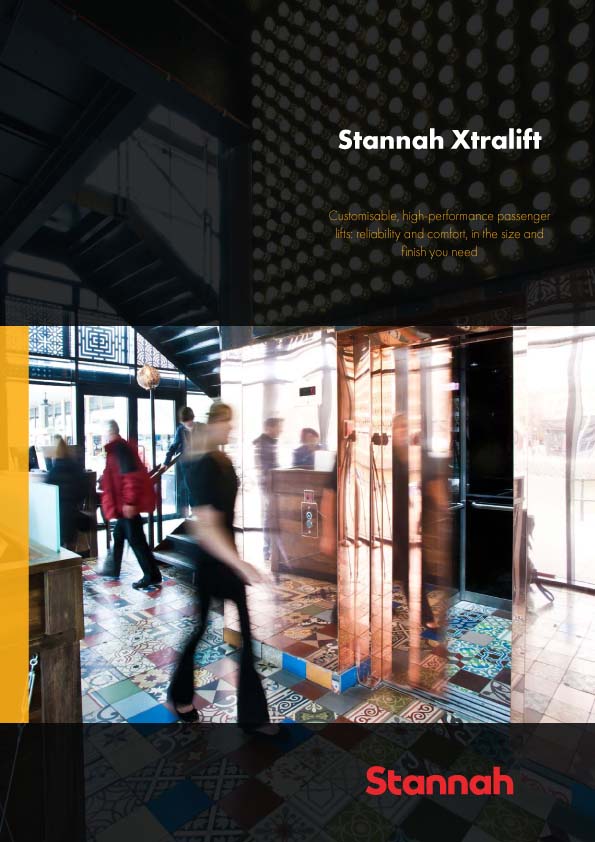Homes of the future
will increasingly tap into neighbourhood energy systems, feature flexible
layouts and use improved technology to make automatic decisions about heating,
security and even postal deliveries, according to a new report.
The report, Futurology: the new home in 2050, commissioned
by the NHBC Foundation, which provides research and guidance to support the
house-building industry, looks ahead three decades and foresees radical
adjustments to house building design, inspired by new technology, population
shifts and climate change.
The report suggests
that demographic changes, such as a rapid increase in the number of elderly
people and the worsening issue of young people unable to afford to leave home,
will drive demand for multi-generational accommodation. More homes will be designed
with flexible layouts to suit different generations, which can be adapted as
families’ needs change.
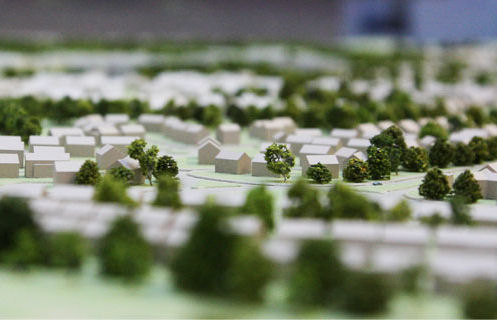
Inspired by the need
for more urban housing in already densely populated areas, future design will
produce homes with smaller footprints, but with more storeys, using balcony and
roof space to provide outdoor space. Architects may draw inspiration from good
compact design, such as in boats or caravans, to produce more “micro-living”
options for single people.
More innovation will
be used when designing “third age” homes for people over 65, reflecting demand
for accommodation with lifts, level access and communal activities, whilst
retaining privacy and a sense of ownership.
By 2050, technology
will transform homes into collectors and storers of energy, with electricity,
now generated by non-fossil fuel, most likely to be used to heat homes and hot
water. Electric cars will be commonplace with every property equipped with
a charging point. The future home will manage its energy use from a centralised
platform, combining heating, electrical consumption, ventilation and vehicle
charging.
As energy efficiency
becomes ever more important, ideas currently used in workplaces will become
standard in homes, such as allowing non-essential equipment to automatically
power down when electricity is at peak price.
Other key
predictions in the report are:
- Letter boxes will be replaced
by smart delivery boxes which can receive registered deliveries and store
valuable parcels
- As climate changes, homes of
the future must react, with improved responsive cooling and heating
techniques
- Smart homes could monitor
health and activity, such as reminding the occupant to take medication or
warning of scalding water or an overflowing bath
- Urban homes will access
neighbourhood heating and energy networks via a district energy centre
which may produce heat from waste or a ground source
Rural homes will
continue to enjoy more space and will therefore have more opportunities to
generate solar power, using integrated technology which means that the roof
covering itself would become the solar collector, rather than, as now, a panel
fixed to the roof.
Commenting on the
report NHBC’s Head of Standards, Innovation and Research Neil Smith said: “In
the next 30 years we will witness substantial changes to home-life through
technological advancement in response to societal, demographic and climate
changes. Thinking ahead and considering on a regular basis how the homes we
build will need to change to accommodate those demands is a good way to ensure
that we are not taken by surprise.”








